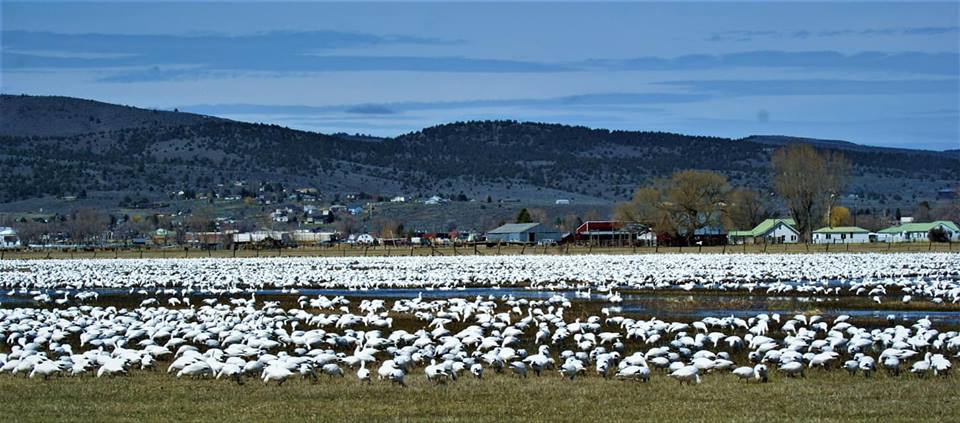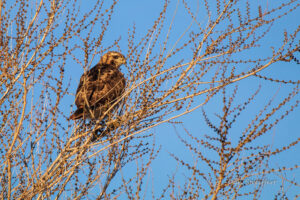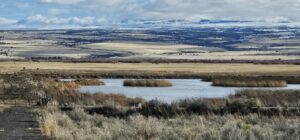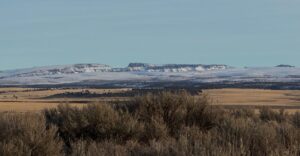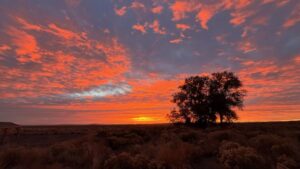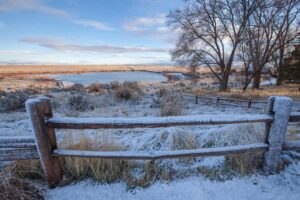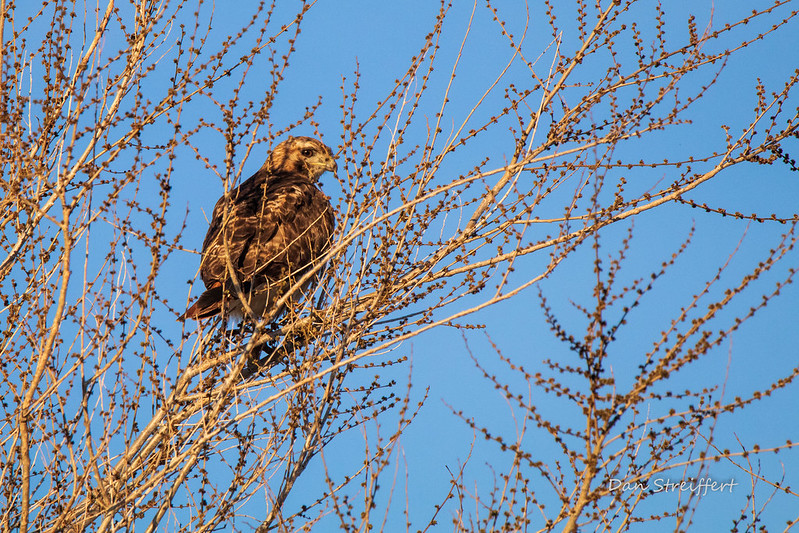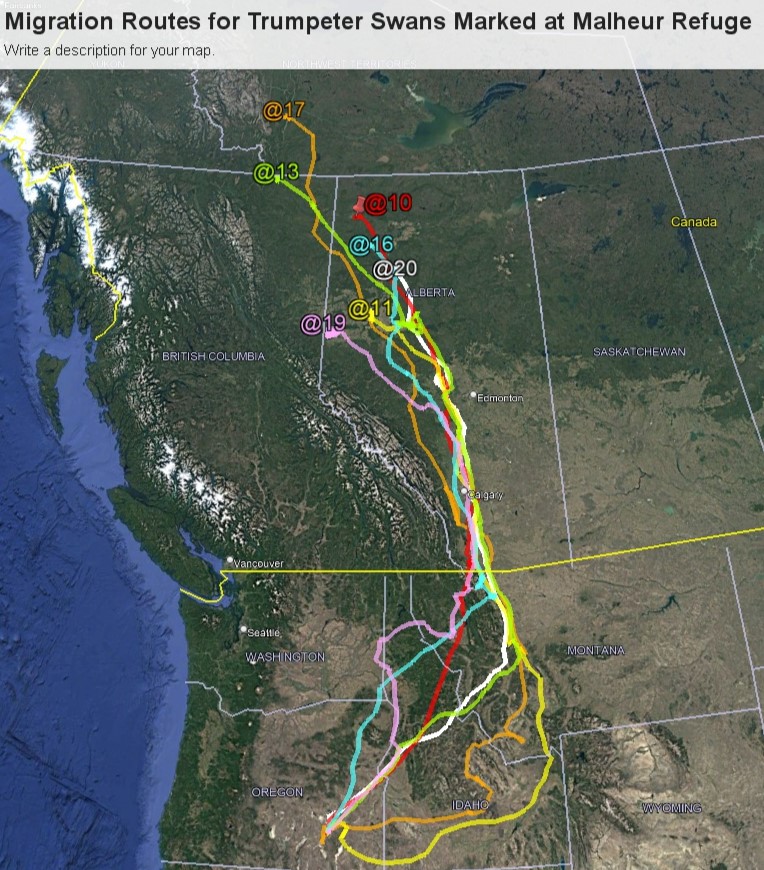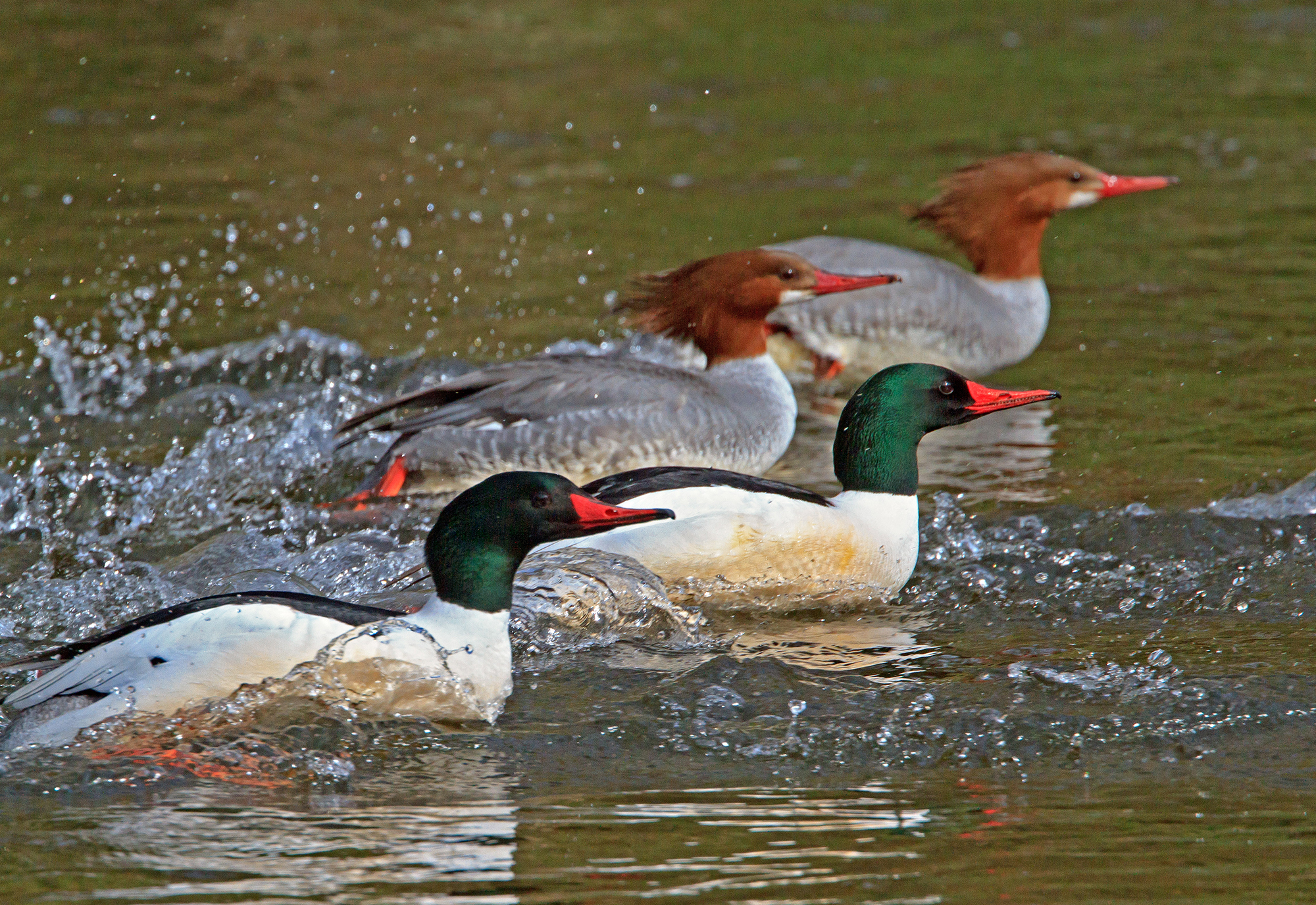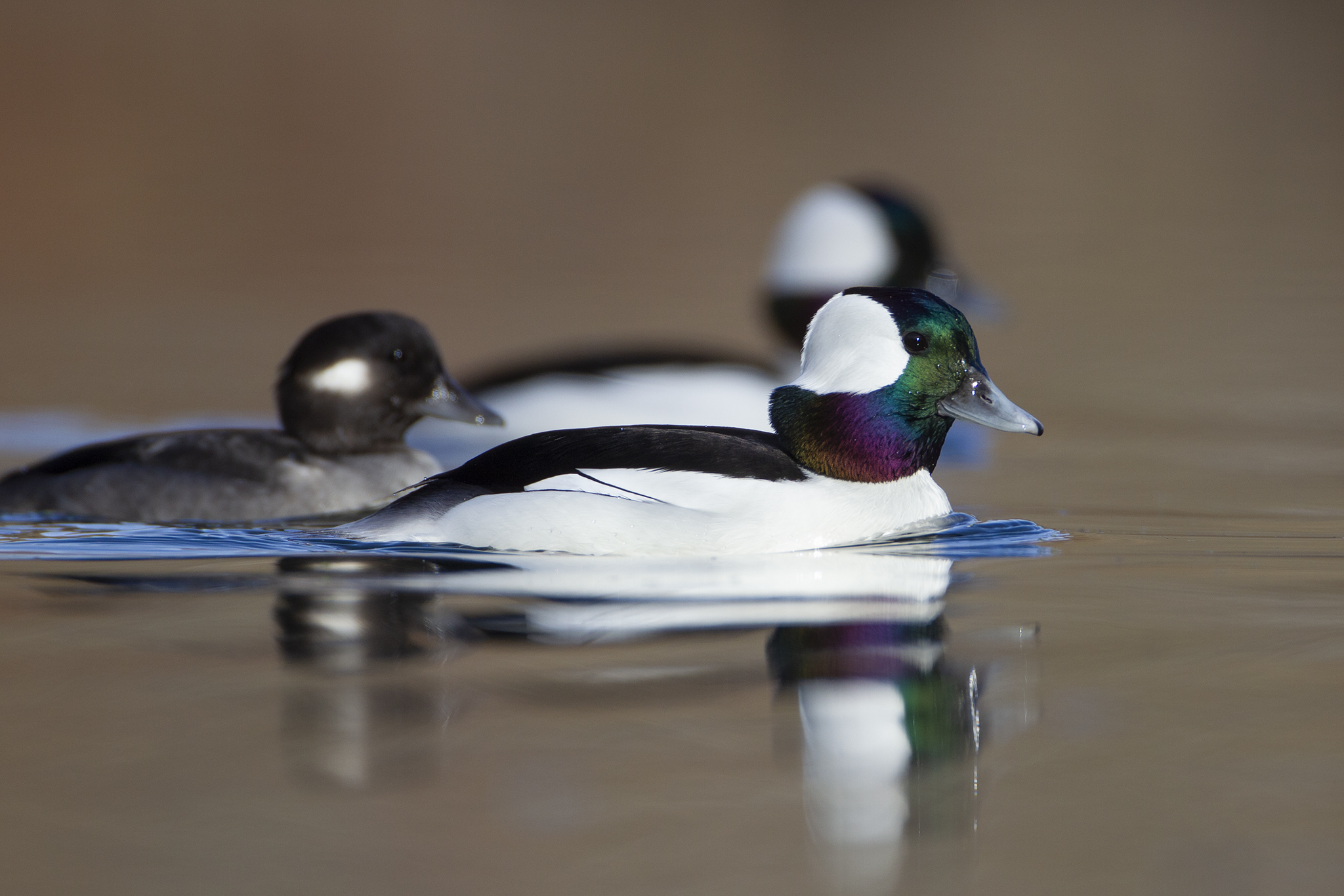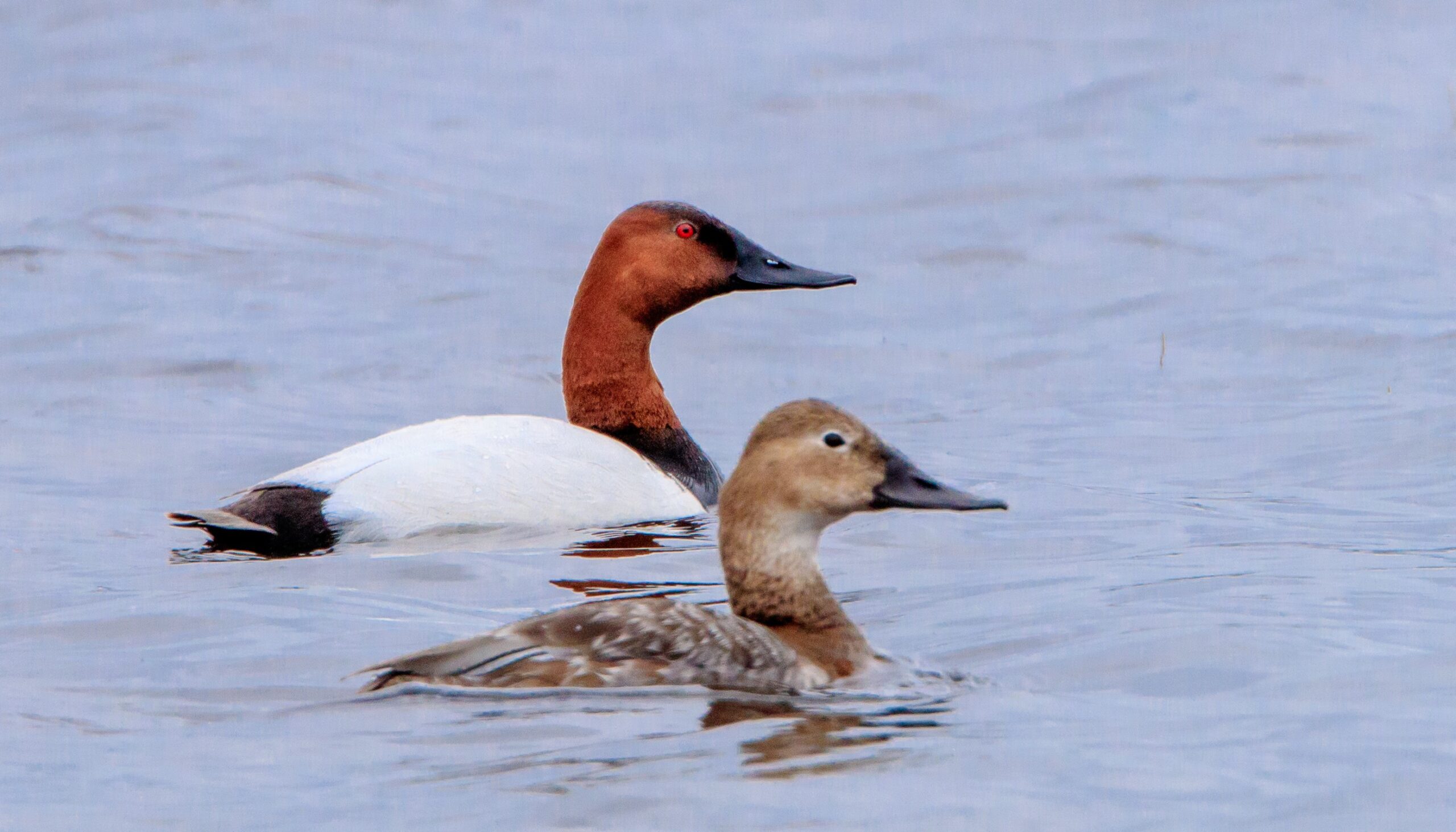Written by FOMR President Gary Ivey/Photo by Gary Ivey
In addition to serving as President of the Friends of Malheur National Wildlife Refuge, I work on Sandhill Crane conservation and research throughout the Pacific Flyway as a Research Associate for the International Crane Foundation. I help with the Harney County Migratory Bird Festival, almost every year, by giving talks and tours, mostly about cranes and waterfowl.
During my two days at the Festival this year, I noted that there were at least 150,000 Ross’ Geese, and perhaps 500 Snow Geese, in just the flocks on the private lands around Burns. I know this sounds like a lot, and it is.
I served as a Malheur Refuge wildlife biologist from 1983 through 1998 and one important survey we conducted was to fly all wetland and meadow areas in the Harney Basin in spring and fall, to count numbers of migrating waterfowl. I personally tallied peaks of over 300,000 “white geese” using the Harney Basin during some spring aerial survey flights in the late 1990s (during aerial surveys, Ross’ and Snow Geese are lumped into this white goose category because they are difficult to distinguish from the air).
These geese use the Silvies Floodplain, Malheur Lake and the Double-O Ranch areas extensively during spring migration. More recently, numbers of wintering white geese have dramatically increased in the Pacific Flyway and recent estimates of Ross’ Geese total about 450,000 and estimates of Snow Geese total about 750,000; a total of about 1.2 million white geese!
From my past experience, a very high percentage of these Pacific Flyway white geese (up to 90%) stop in the Harney Basin for a few weeks each spring on their way back to their arctic nesting areas. Most of the Ross’ geese, the smaller of the two species, are on their way to nesting grounds in the central Canadian arctic. The snow geese migrate to northern Canada as well, but also return to nesting areas in northern Alaska and Siberia.
On one of my festival tours this year, we had the pleasure of getting really close to a flock of about 50,000 Ross’ Geese in the flooded hay meadows of the Silvies Floodplain near Burns. The flock included at least eight blue-phased birds, which was a highlight of that tour. I first observed this rare color of this species in the spring of 1984 and back then they were rare and hard to find. My impression is that the blue-phase of the Ross’ Goose has significantly increased since the 1980s in the flocks that use our Pacific Flyway.
This blue-phase of the Ross’ Goose was described in a research paper by Dr. Robert McLandress in 1979, and he theorized that it was so rare because this blue-phase gene likely recently entered the Ross’ Goose species, either through mutation or through hybridization with Snow Geese where the blue-phase is much more common. This latter theory is more likely, as he also documented hybrids between Snow and Ross’ Geese. If you haven’t seen these beauties, you should plan on attending the Festival next year!

